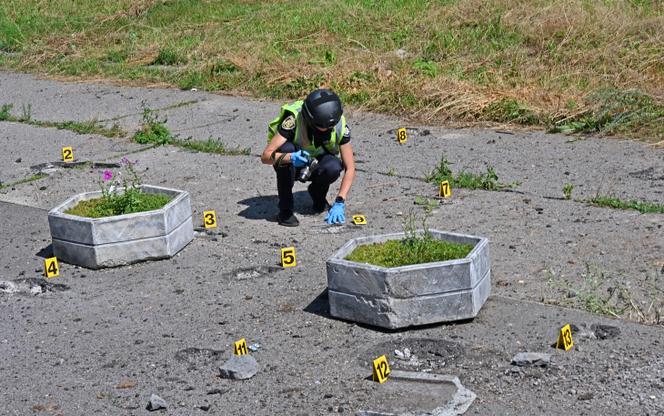


In 2022, 1,172 people were killed or injured globally by cluster munitions, according to a report published on Tuesday, September 5, by the international organization Human Rights Watch (HRW). This figure has risen sharply – the number of victims identified by the non-governmental organization was just 149 in 2021 – and can be explained by the war in Ukraine, where both Russians and Ukrainians are using these so-called "cluster" weapons, banned by over 110 countries as they are a danger to civilians. Syria and Yemen were the other two main countries where these projectiles caused casualties in 2022, albeit to a far lesser extent.
"It’s unconscionable that civilians are still dying from cluster munition attacks 15 years after these weapons were outlawed," said Mary Wareham, the advocacy director of HRW'S Arms Division and lead author of the study. Last year's death toll was the highest since HRW first published the Cluster Munition Monitor report in 2010, calling for a total ban on the production and use of cluster munitions.
Cluster munitions come in the form of shells or missiles, which themselves contain dozens or even hundreds of small explosive munitions. Fired from the ground or dropped by aircraft, these projectiles open up before hitting the ground, dispersing their contents indiscriminately over areas of up to several hundred square meters. Highly effective in "dealing with" concentrations of armor or soldiers, these weapons are also blamed for the death of civilians, sometimes years after their use, as some submunitions fail to explode on contact with the ground, and effectively turn into landmines.
According to HRW, three-quarters of the 1,172 victims officially recorded in 2022 – "many others could have gone unrecorded," said the NGO – were hit during attacks carried out in Ukraine by troops from Moscow, but also from Kyiv, on Russian-occupied territories; 95% of them were civilians. "Both [Russian and Ukrainian] states have launched cluster munition attacks that have affected protected civilian property including schools and hospitals, and caused casualties among children," said the international organization, while acknowledging that the Russians are the main users of these weapons.
In its report, HRW criticized the position taken by Washington, which confirmed in July that it would be supplying cluster munitions to Kyiv's armed forces. Although it stopped producing these projectiles in 2016, the United States still has a large stockpile: the figure of 3 million units has been circulating in military circles. More specifically, the US never signed the 2008 Oslo International Convention, which bans the use, production, transfer and stockpiling of cluster munitions. A total of 73 countries failed to sign this agreement, including Russia, Ukraine and the USA, as well as China, Belarus, India and Brazil. Non-signatories in Europe include Poland, Finland, Romania, Turkey and Greece.
You have 25.06% of this article left to read. The rest is for subscribers only.
